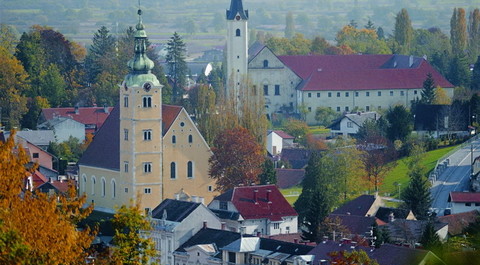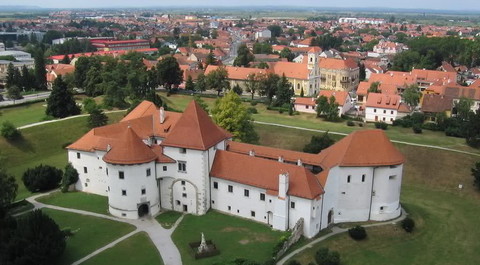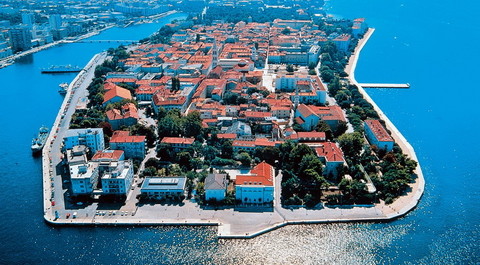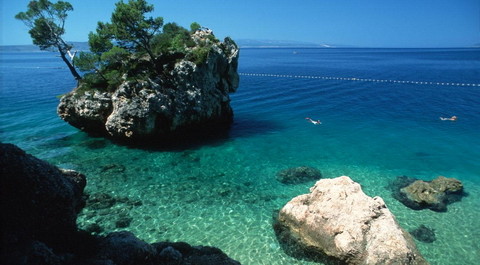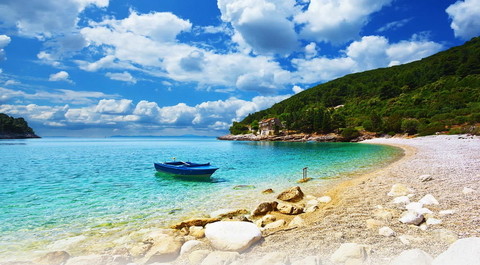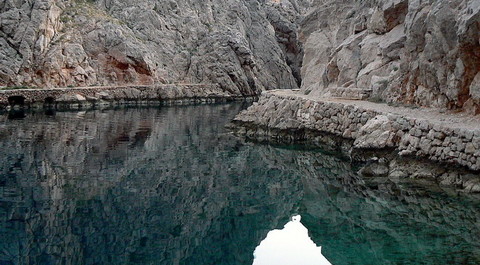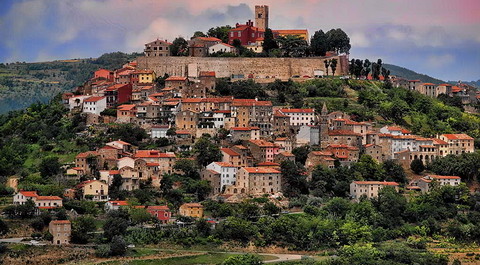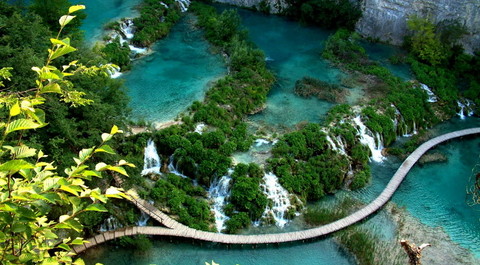CROATIA
Despite being one of Europe’s most fashionable places to visit, Croatia doesn’t feel like a place that has been thoroughly worked over by the tourist industry. Though development continues apace along the more commercialized stretches of the coast, Croatian tourism has spun off in a number of positive directions. Whether backpackers or touring families, long-distance cyclists, yachters or spa-hotel surfers, all travellers have seen a big leap forward in the range and quality of what the country has to offer.
Zrce Beach-Novalja-Croatia
Situated in the heart of Zrce Beach, Papaya is only a few feet away from the stunning Croatian shoreline and set in purely open space, bringing a whole new meaning to clubbing outside. Built purely from wood, stone and cane, dancing in Papaya is quite literally clubber paradise in its truest form.
A spectacular beach club as well as a festival Venue, Papaya is Spread over 32,000 sq ft and with a 5,000 strong capacity, it has often been described as the
best open-air club in central Europe and in 2011 made #32 in DJ Mag’s Top 100 Clubs in the world. In the peak of the summer season, Papaya rarely sleeps, as sun-fuelled clubbers amble along for afternoon chill-out sessions, dedicated pre-parties and after-parties.
Just a few minutes from Novalja, 80 km/50 miles from Zadar and bang in the middle of Zrce beach, Papaya has been a hotspot for party holidays since it opened in 2002 and has hosted the crème de la crème of world DJ’s, setting a whole new standard for beachside and festival venues worldwide.
The Zrce beach has established itself as the no.1 after beach party location in Europe with over one million visitors each summer. The mild Mediterranean climate of the whole island provides warm and sunny weather throughout the summer. There’s a great variety of restaurants, bars and cafés which offer a large selection of different Mediterranean and light Croatian summer dishes, cocktails and a very warm, welcoming and friendly atmosphere throughout night and day.
Those who have experienced the thrill of Zrce beach with all of its facilities agree that it’s one of the best party spots in the world – you can relax and enjoy at the chill out lounge areas inside the clubs, taste different types of food, participate in various types of sports or simply sunbathe on the shore of beautiful pebble beaches and take long swims in the clear Adriatic.
MORE INFO
Destinations
Discover, arrive and enjoy!
Croatia is blessed with a wealth of natural riches, boasting almost 2000km of rocky, indented shore and more than a thousand islands, many blanketed in luxuriant vegetation. Even during the heavily visited months of July and August there are still enough off-the-beaten-track islands, quiet coves and stone-built fishing villages to make you feel as if you’re visiting Europe at its most unspoiled. There’s plenty in the way of urbane glamour too, if that’s what you’re after, with swanky hotels, yacht-filled harbours and cocktail bars aplenty – especially in à-la-mode destinations such as Dubrovnik and Hvar. Wherever you go though you’ll find that Croatia retains an appeal for independent travellers that’s in short supply at more package-oriented destinations elsewhere in the Mediterranean. Most budget and mid-range accommodation is still in the form of private rooms and apartments, and there has been an explosion in the number of backpacker-friendly hostel-type establishments in the major cities.
Read MoreNicknamed “Pearl of the Adriatic”, Dubrovnik is one of the most prominent tourist attractions in Croatia and the Mediterranean. The walled city was built on maritime trade. In the Middle Ages it became the only city-state in the Adriatic to rival Venice and achieved a remarkable level of development during the 15th and 16th centuries. Dubrovnik is steeped in stunning architecture and sculptural detail, and boasts spectacular churches, monasteries, museums, fountains and the famous walls that surround the old city.

2. Plitvice Lakes
The Plitvice Lakes are considered to be one of the most beautiful natural destinations in Europe. Due to its natural beauty and significance, this system of 16 interlinked lakes and a large forest complex around it were set aside as a national park in 1949. The beautiful Plitvice Lakes are famous for their unique colors, including azure, green, blue, and gray. The area around the lakes is home to an extremely wide variety of animal and bird species. Rare fauna such as the European brown bear, wolf, eagle, owl, and lynx can be found here, along with many more common species.

3. Hvar
Island Hvar and especially Hvar town is one of the most popular attractions in Croatia. Olive groves, fruit orchards, and lavender fields make up a large part of the agricultural landscape. Hvar town, set in a picturesque natural bay, with the Pakleni island chain protecting it to the south, is a popular port for yachts sailing around the Adriatic, especially in the summer months. Starigrad, the oldest village on the island, and Jelsa, as well as a smattering of small villages, dotting the coast or nestled in the lush interior are also well worth a visit.

4. Rovinj
Rovinj is one of the most picturesque towns in the Mediterranean. With its pastel-colored houses clustered together on steep winding streets it is a great place to wonder around. Rovinj is still an active fishing port and visitors can take a boat to the lovely offshore islands. The area around Rovinj has been described as an “outstanding scenic wonder” because of the pristine beauty of the indented coastline and its forests.

5. Korcula
The sixth largest Croatian island, Korcula is separated from the mainland by a narrow strait. The island’s capital is also called Korcula. Nicknamed”Little Dubrovnik”, this ancient city is among the most beautiful towns on the Croatian coast and is known for its unique architecture. One of the main attractions is the alleged house of birth of Marco Polo. The biggest and the most beautiful building of Korcula is the Cathedral of St. Marco, built in Gothic-Renaissance style and completed in the 15th century.

6. Pula Arena
The amphitheater in Pula is the sixth largest surviving Roman arena and one of the best preserved Roman monuments in Croatia. The Pula Arena was built around the 1st century AD and could seat over 26,000 spectators. In the 15th century many stones were taken from the amphitheater to build houses and other structures around Pula, but fortunately this practice was stopped before the whole structure was destroyed. Today it is a popular Croatia attraction and used to host a variety of festivals and performances during the summer months.

7.Diocletian’s Palace
Diocletian’s Palace in Split was built by the Roman emperor Diocletian in preparation for his retirement. He lived out his retirement in his palace tending to his vegetable gardens. After the Romans abandoned the site, the Palace remained empty for several centuries. In the 7th century nearby residents fled to the walled palace to escape invading barbarians. Since then the palace has been occupied, with residents making their homes and businesses within the palace basement and directly in its walls. Today many restaurants and shops, and some homes, can still be found within the walls.

8.Mljet
The island of Mljet is one of the larger islands off the coast of Southern Croatia. With 72% of the island covered by forests and the rest dotted by fields, vineyards and small villages, Mljet is a perfect place to relax. The island contains two salt lakes, Veliko and Malo Jezero, that are located at the western end of the island. In the middle of Veliko Jezero, there is a small island with an old Benedictine monastery.

9.Euphrasian Basilica
The 6th century Euphrasian Basilica is the top attraction of Poreč, a 2,000 year old town in Istria. It is one of the best examples of early Byzantine architecture in the Mediterranean region and, for the most part, has retained its original shape, though accidents, fires and earthquakes have altered a few details. The present basilica was built on the site of an older basilica during the period of Bishop Euphrasius. The wall mosaics were executed by Byzantian masters and the floor mosaics by local experts.

10. Gornji Grad / Upper Town
Gornji Grad is the medieval core of Zagreb and translates as Upper Town. It developed as two separate towns, Kaptol, the seat of the Bishop, and Gradec, the free town where tradesmen and artisans lived. The towns merged in the 1770s to form the northern section of historic Zagreb. The focal point of Gornji Grad is the square around St. Mark’s Church, the parish church of Old Zagreb.

About Partner
Papaya club
One of today’s most popular summer festival and party destinations – Zrce beach – is situated on the island of Pag, a very attractive rock-beach island of Croatia. The beach has been attracting more and more young tourists every year over the past decade, mainly because of its increasing growth of clubbing and festival offers. Croatia’s most famous beach has become the place where beautiful people flock in search of hedonistic parties with the world’s biggest DJs

Read More
It has established itself as the no.1 after beach party location in Europe with over one million visitors each summer. The mild Mediterranean climate of the whole island provides warm and very sunny weather throughout the summer. There’s a great variety of restaurants, bars and cafés which offer a large selection of different Mediterranean and light summer dishes, cocktails and a very warm, welcoming and friendly atmosphere throughout night and day.

The main feature of Europe’s most attractive beach is its amazing selection of clubs with very affordable prices, especially in comparison with other famous party spots that have similar party concepts. Zrce and the neighboring Bura Bura beach together consist of 6 clubs. All clubs host parties on a daily basis during warm summer months and most of them organize big After Beach Parties as well.

Zrce beach has become this popular mainly because of its festivals – you can find numerous festivals of various music genres happening at the beach every week from June to September.
Papaya club
The most popular club of Zrce beach – Papaya club – is considered to be the best beach club in Croatia and is also the 23rd best club in the world according to DJ MAG list of Top 100 Clubs. It’s one the of the best party spots in Europe – at the same time it’s a spectacular open air summer beach resort as well as a festival venue. It spreads over 32,000 sq ft and has the capacity of approximately 4500 people.

Papaya club has hosted numerous world famous DJs throughout the years. Some of the artists that performed at Papaya several times are Tiesto, Armin Van Buuren, Hardwell, Nicky Romero, Dimitri Vegas & Like Mike, Paul Kalkbrenner, Loco Dice, Sven Vath, Carl Cox, Paul Van Dyk, Justice, Calvin Harris, Axwell, Swedish House Mafia, Bingo Players, Snoop Dogg, Eve, Nas and many others. The club is also hosting different types of various music genre festivals such as Hideout, Sonus, Barrakud, DJ MAG, Fresh Island and Papaya Day&Night.

Papaya organizes two parties per day throughout the summer months – famous after beach parties in the afternoon from 4pm to 8pm and spectacular night parties from 10pm to 6am, very often featured by top DJs and performers. At the best club in Croatia you can enjoy the remarkable after beach parties, witness and become a part of the amazing atmosphere and taste various types of refreshing summer cocktails at the beach party or at night. You are also able to watch the show of our unique artistic performers and go-go dancers, enjoy the view from the club overlooking Zrce beach, Adriatic sea and Velebit mountain, dance until you drop with the amazing sound and light system on Papaya club’s Main Arena or just sit down and relax at Papaya’s VIP area until the sun has risen over the stage.

INFO
MEDIA CONTACT
info@papaya.com.hr
Tea Cafuta / e-mail: cafuta.tea@gmail.com / gsm: +38591 5202 883

